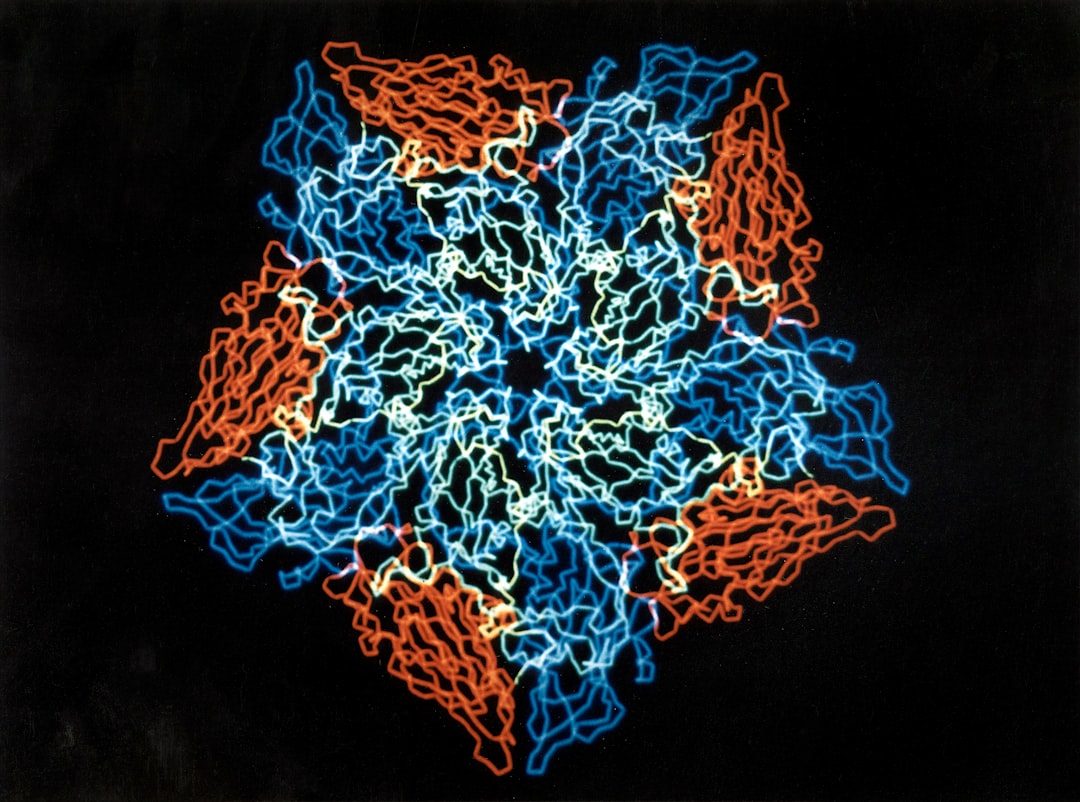What is it about?
Sleep evaluation is increasingly being used as prognostic tool in patients with disorders of consciousness, but, surprisingly, the role of Period3 (Per3) gene polymorphism has never been evaluated. The aim of this study was to investigate the contribution of Per3 genotype on sleep quantity and consciousness recovery level in patients with disorders of consciousness (DOC). In this observational study, we evaluated 71 patients with DOC classified as vegetative state/unresponsive wakefulness syndrome or minimally conscious state. Demographic and clinical data were collected and a standardised diagnostic workup, including a polysomnographic record, was applied. After informed consent provided by proxy, genomic DNA was obtained and Per3 polymorphism was analysed by polymerase chain reaction to identify 5/5, 4/5, or 4/4 genotype. Per35/5 genotype was found in 12.7% of our DOC patients. The median total Coma Recovery Scale–revised score in Per35/5 carriers was significantly higher than 4/4 genotype (10, range 5-16 vs 7, range 4-11; post hoc P = .036). Moreover, total sleep time seemed to be higher in 5/5 genotype (5/5, 221 minutes, range 88-515 minutes; 4/4, 151.5 minutes, range 36-477 minutes; and 4/5, 188 minutes, range 44-422 minutes). For the first time we have shown a possible association between Per3 polymorphism and consciousness recovery level in DOC patients. Even though the exact molecular mechanism has not been defined, we speculate that its effect is mediated by higher total sleep time and slow wave sleep, which would improve the preservation of main cerebral connections.
Featured Image
Why is it important?
The identification of new therapeutic targets and the personalization of rehabilitation programs remain milestones in DOC patients’ diagnosis. Based on the findings of this study, it is possible to presume that a greater regularization of the sleep/wake cycles in DOC patients could allow the preservation of their residual cognitive function. Therefore, these data could permit the introduction of specific clinical practice measures in the daily management of such patients. For example, exposure to natural light during the day, turning off the light in the hospital room during night and the regularization, in terms of time, of the execution of clinical examinations, could improve their therapeutic course of treatment.
Read the Original
This page is a summary of: Is Period3 Genotype Associated With Sleep and Recovery in Patients With Disorders of Consciousness?, Neurorehabilitation and Neural Repair, September 2015, SAGE Publications,
DOI: 10.1177/1545968315604398.
You can read the full text:
Contributors
The following have contributed to this page










